August Passing of the Pioneers includes a member of the Victorian Parliament, a publican, and a school principal. All of this month’s pioneers are now on the Western District Families Pioneer Obituary Index.
Robert HEANEY – Died 20 August, 1890 at Melbourne. Robert Heaney was born in Ireland around 1836. He married Jane Armstrong and soon after they departed for Australia. The Heaneys arrived on the General Hewitt at Portland Harbour on 9 October 1856. They spent the first ten years in Victoria at Heywood before moving to Condah Swap, later known as Wallacedale.
Mary Ann COUGHLAN – Died August 1917 at Caramut. Margaret Coughlan was born around 1833 and arrived at Portland on 21 January 1848 aboard the Sir Edward Parry with her siblings to meet up with their parents Jonathan Gordon Coughlan and Jane Richmond who settled in that town. After some years, during a trip to Caramut, she met John Bendall and they married in 1864. John was the manager of Hopkins Hill and The Gums, near Caramut for John Moffatt. After the sale of The Gums, John Bendall operated a store and post office in Caramut until his death in 1887. Mary Ann remained living at Caramut and was eighty-four at the time of her death. She left two sons and two daughters.
John THOMSON – Died 3 August 1917 at Melbourne. John Thomson was born at Warrambeen Station near Shelford in 1853. His parents were James Thomson and Christian Armstrong. In 1870, James Thomson purchased Monivae near Hamilton from the deceased estate of former Police Magistrate Acheson Ffrench. The family resided in the original homestead built for Acheson Ffrench but a new homestead was completed in 1877.

MONIVAE 1966. Image Couresy of the J.T. Collins Collection, La Trobe Picture Collection, State Library of Victoria. Image no. H97.250/44 http://handle.slv.vic.gov.au/10381/230077
John attended Scotch College in Melbourne where he was one of the college’s finest athletes. After he completed his schooling, John returned to Monivae. Soon after he entered public life, first as a Dundas Shire Councillor. In 1892 he contested the seat of Dundas in the Victorian State Parliament. He held the seat from 1892 to 1900 and from 1902 to 1914. At the age of fifty-six, in 1909 John married Christina Robertson.
Aside from his political life, John was on the management committee of the St Andrews Presbyterian Church and member and onetime president of the Hamilton Racing Club. He was also a supporter of many of Hamilton’s community and sporting groups, including the P&A Society, the Hamilton Pipe Band and the fire brigade. John Thomson was attending a public school football match in Melbourne on 3 August 1917, when he died suddenly. He was buried at the Hamilton Old Cemetery.
In 1919, a fountain was unveiled in the Hamilton Botanic Gardens by the then Victorian Premier, Harry Lawson in memory of John Thomson
William DERHAM – Died 16 August 1918 at Port Fairy. William Derharm was born in County Tyrone, Ireland and arrived in Victoria around 1863. He first worked at Korongah Station at Rosebrook for Messers Lydiard and Knight. He then turned to onion growing and resided at Korongah Lodge. William left four daughters and two sons.
Robert FRASER – Died 4 August 1918 at Strathkellar. Robert Fraser was born in Scotland in 1841 and arrived in Adelaide in 1854 on the Joseph Rowan with his parents Archibald and Helen Fraser and his four sisters. They soon headed for Victoria and resided at Bochara. In 1865, Robert married Jane Mason and they settled and farmed at Muddy Creek. Robert died at the home of his daughter at Strathkellar and was buried at the Hamilton Old Cemetery. Jane died only a few weeks before.
Francis Hazel WRIGHT – Died 18 August 1918 at Hamilton. Francis Wright was born at Broadwater around 1865. He took up the running of the Grange Hotel (later called George Hotel) in Hamilton around 1914. He was involved with many Hamilton sporting clubs and the gun club. For thirty years he was part of the Victorian Land’s Department rabbit extirpation branch and served as an inspector for the last five years of his life. Three weeks before his death, Frank broke his kneecap while climbing into his buggy. He then contracted pneumonia and died.
Christina Ross LINTON – Died August 1926 at Hamilton. Born at Inverness, Scotland in 1848, Christina came to Victoria with her parents William Linton and Jean Sinclair and her younger brother John around 1851 aboard the Statesman. William gave his occupation as shepherd. In 1868, Christina married Thomas Laidlaw at Wickliffe. Christina and Thomas moved around between properties, Thomas had interests in and their first stop was Lake Roy in South Australia. They also lived at Glenburnie, Macarthur, South Wonwondah Station and finally Glencairn just south of Hamilton.
Christina was buried in the Laidlaw family plot at the Hamilton Old Cemetery.
Rose Hannah HANN – Died 18 August 1935 at Portland. Rose Hann was born in Somersetshire in 1850 to Paul Hann and Asenath Pitman. The family arrived at Melbourne in 1852 aboard the Priam and stayed in the area for a time, before travelling to Portland to settle. Around 1871, Rose married John Marshall. Early in their marriage, they spent some time at the Bendigo diggings but most of their lives, Rose and John lived at Portland. They raised a family of eleven children.
Clara Jex EDRICH – Died August 1937 at Portland. Clara Edrich was born at Portland in 1855 to Richard Jex Edrich and Eliza Martin and was baptised at St Stephens Church. In 1877, Clara married John Guy at St Stephens Church, Portland by the Reverend Allnutt.
After a year of marriage they took up residence in Barclay Street, Portland, the birthplace of eight of Clara and John’s nine children and where Clara died in 1937. John passed away four years before Clara.
Mary Arabella “Minnie” HISCOCK – Died 29 August 1941 at Hotspur. Mary Hiscock, born in 1859 at Hotspur, was the daughter of James Hiscock and Mary Cobb and was known as Minnie. After her birth, the Hiscocks moved to Lower Crawford and Minnie remained there until she was fifty-eight in 1917 when she returned to Hotspur. In her younger years, Minnie was known as a fine horsewoman and would ride around the countryside to attend balls and other social gatherings. When she was seven, she rode with her father from Hotspur to Birregurra east of Colac, a distance of around 235 kilometers which took three days. Minnie never married.
Florence Helena LAIDLAW – Died 26 August 1944 at Malvern. Florence Laidlaw was born at Port Fairy in 1858 to David Laidlaw and Eliza Fraser. Although Florence was born at Port Fairy, where her grandparents William and Agnes Laidlaw lived, David and Eliza Laidlaw resided in Hamilton where David was a saddler. David Laidlaw quickly rose to prominence in the Hamilton district and went on to serve five terms as Mayor of the town. In 1873, David laid the foundation stone for the Alexandra Ladies’ College in Hamilton, of which he was one of the founders.

“TELEGRAPHIC DESPATCHES.” The Argus (Melbourne, Vic. : 1848 – 1957) 11 Nov <http://nla.gov.au/nla.news-article5875156>.
Florence Laidlaw attended Alexandra Ladies’ College and later became the headmistress.
On 29 December 1917, the Weekly Times reported on a trip Florence was making to Sydney to stay with her sister and mentioned she was the headmistress at Alexandra College. However, she appears to have retired soon after. On 25 July 1919, the Horsham Times reported that Florence was intending to visit Japan with Edith Lansell, daughter of George Lansell of Fortuna, Bendigo. After her return from overseas, Florence moved to South Yarra.








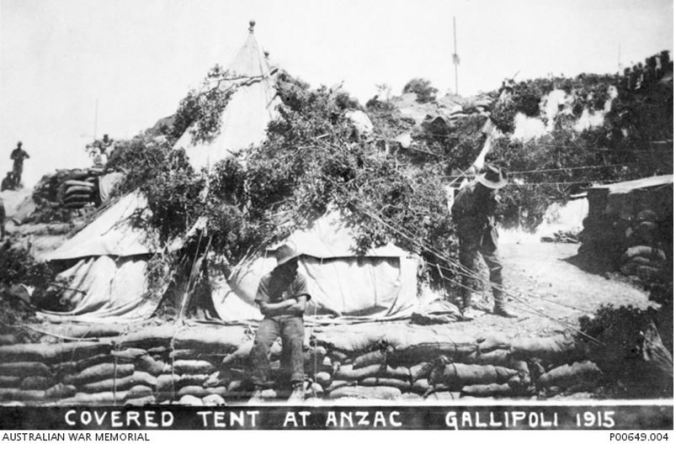
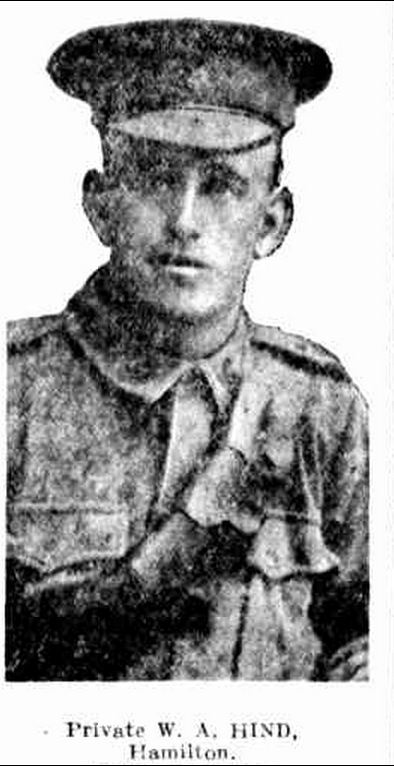
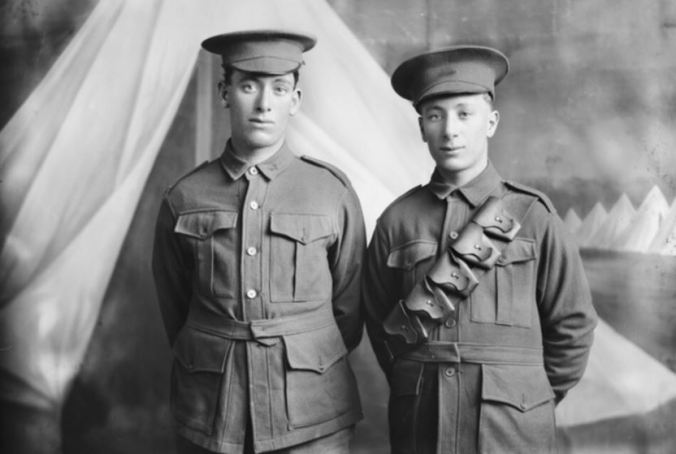
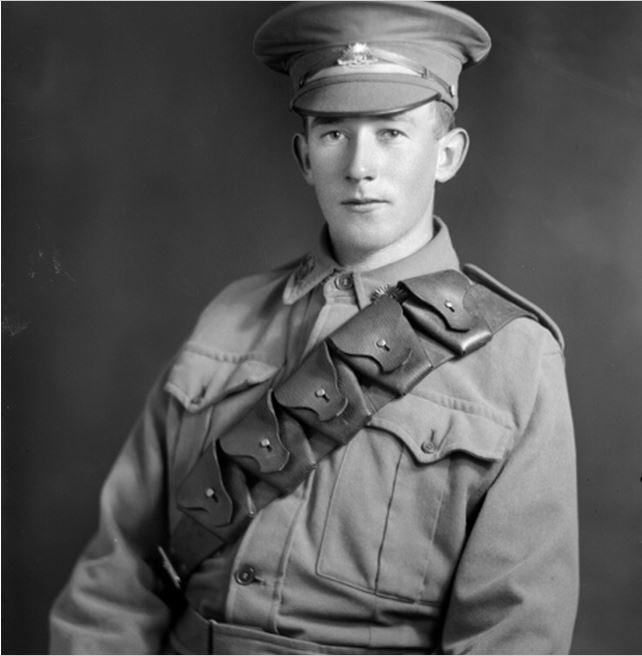


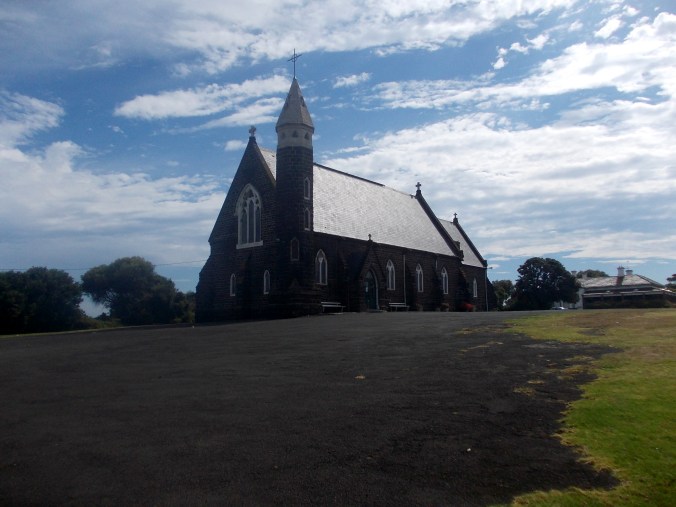

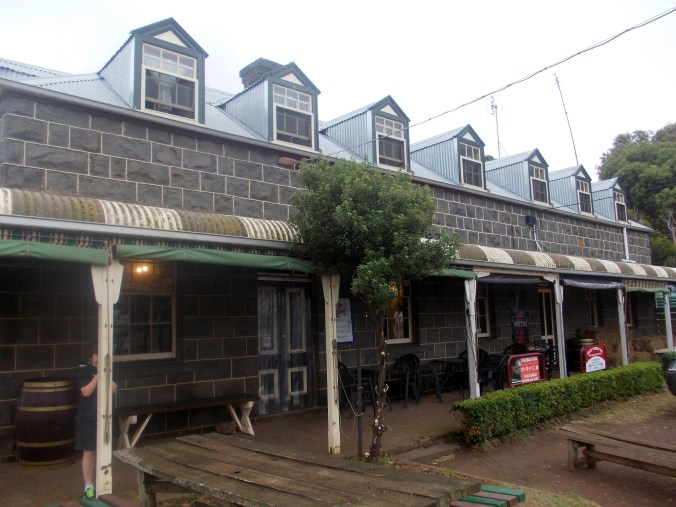
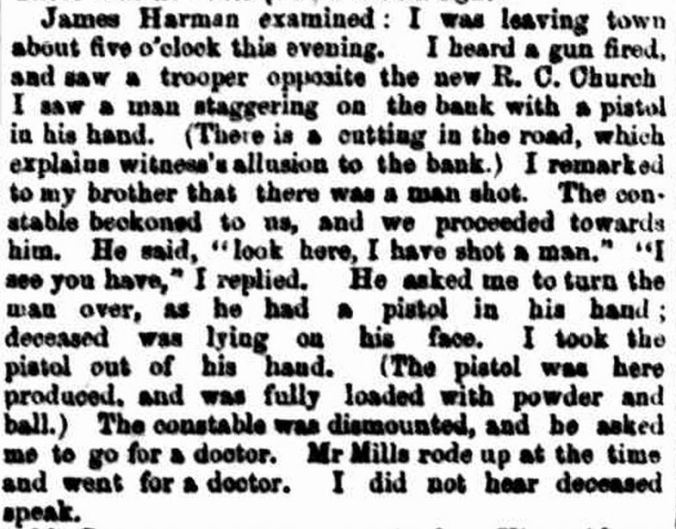

You must be logged in to post a comment.